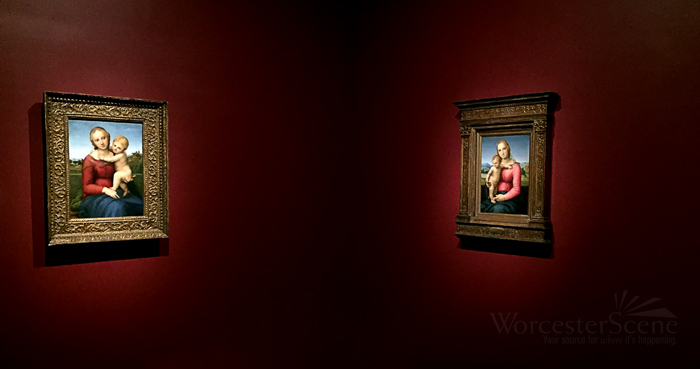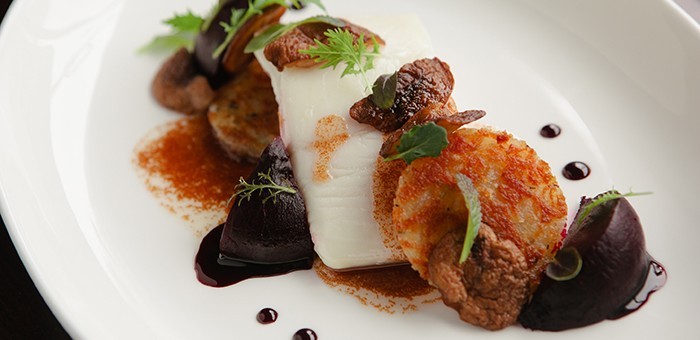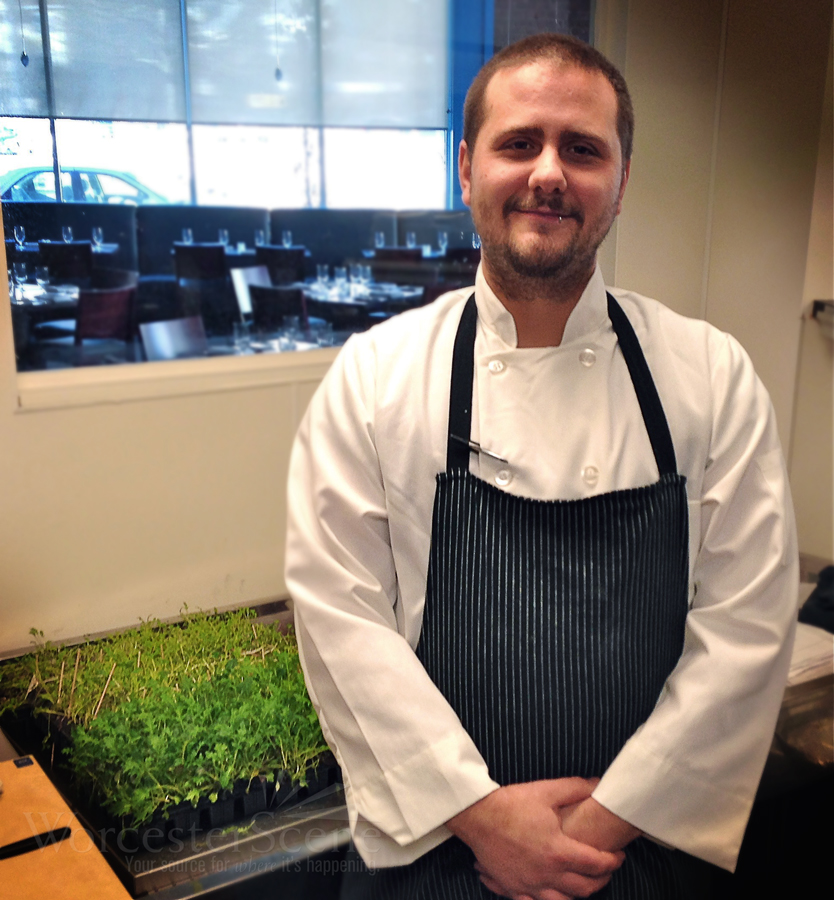
Gazing at Raphael’s The Small Cowper Madonna currently on exhibit at the Worcester Art Museum (through September 27th) the simile between art and food is glaring: an artist uses brush strokes like a chef uses ingredients, both resulting in a work of art.
Not everyone likes certain types of food—I, for one, used to carefully remove even the smallest chopped onion from my dish. Similarly, not everyone likes certain types of art—I, for one, don’t understand something that could be “re-created by chance.” But, for all intents and purposes, the masters behind their craft have a vision and passion in what they are creating. Often inspired by experience, a true chef will see their dish from creation through consumption, but the biggest challenge a chef faces is consistency. Unlike a classical painter who spends years creating and refining a masterpiece, a chef has a finite time to create and re-create a dish, consistently. And every time the dish is served, it starts an endless cycle: between those who are trying the dish for the first time and those who have returned to relive their first experience.
 As a frequent diner in Worcester, I enjoy eating as much as I enjoy wandering the halls of WAM. The restaurant scene in the city has evolved. Chefs truly are artists not only creating signature dishes that are unique to their restaurant, but consistently reproducing the dining experience time after time. Whether a restaurant like Nuovo where Chef Gjonca painstakingly fuses classic ingredients with contemporary flavors, Armsby Abbey’s Chef Evangelous who constantly “sketches and paints” a new menu every single week for his “collectors,” Chef Bowser who has introduced a new category at The Urban that, arguably, our city hasn’t seen yet, or newly hired Chef Rogers who is taking the successful dishes from Bocado and Mezcal and evolving them in a manner that “favorites” won’t be lost. Chefs aren’t just throwing ingredients from a pan onto a dish; they are creating art.
As a frequent diner in Worcester, I enjoy eating as much as I enjoy wandering the halls of WAM. The restaurant scene in the city has evolved. Chefs truly are artists not only creating signature dishes that are unique to their restaurant, but consistently reproducing the dining experience time after time. Whether a restaurant like Nuovo where Chef Gjonca painstakingly fuses classic ingredients with contemporary flavors, Armsby Abbey’s Chef Evangelous who constantly “sketches and paints” a new menu every single week for his “collectors,” Chef Bowser who has introduced a new category at The Urban that, arguably, our city hasn’t seen yet, or newly hired Chef Rogers who is taking the successful dishes from Bocado and Mezcal and evolving them in a manner that “favorites” won’t be lost. Chefs aren’t just throwing ingredients from a pan onto a dish; they are creating art.
The next time that you dine out, let the chef choose his or her favorite dish—and don’t ask them to “hold the onions.” Like art, you may not like a certain piece, but when you do, you may be turned onto a world previously unknown. That’s the art of love in Worcester.


